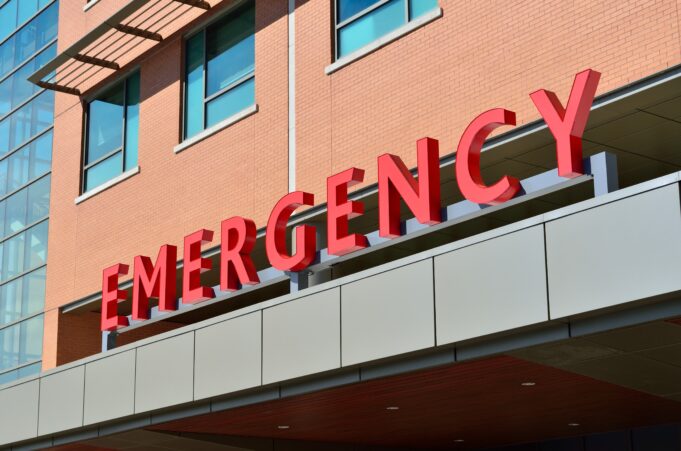Maryland leads the nation with the worst emergency room wait times with patients sitting on average close to four hours from arrival to departure. It’s the only state with a wait time longer than 200 minutes. Maryland has held this distinction since 2015, years before the COVID pandemic. Delaware and Massachusetts are next in line with patients waiting 195 minutes in Delaware and 189 minutes in Massachusetts. North Dakota had the shortest wait times with 104 minutes.
Leaders in Prince Georges (PG) County, Maryland, home to a 64 percent Black population, called this a “crisis.”
“We are hearing residents waiting from 10 to 16 hours, even more, some less depending on the emergency. And even confirmed by our data from the fire department, which showed that they are looking at six to 10-hour wait times for some of the cases, those that they’re bringing to the emergency room,” said PG County Council Vice Chair Wala Blegay.
The PG County Council invited healthcare providers to discuss how to reduce the time patients spend waiting for care.
Eunmee Shim, president of Maryland’s Adventist Healthcare Fort Washington Medical Center told the media, a lack of community providers and not enough beds have led to long wait times.
“We have to transfer a lot of our patients to other hospitals,” she told council members. She also stressed the need for more programs to attract more providers, specifically those in primary care.
“We’re aligning with the nursing schools … to make sure that we are growing pipelines of nurses,” said Ms. Shim.
Dr. Khalillah Ali recently finished a residency program in a Dallas emergency room. She told The Final Call, “The number one reason for long wait times would be staffing. The number two reason, in some places, it’s their number one reason, is that people are triaged, meaning they are seen in order of importance.
A heart attack patient or a patient with difficulty breathing would take precedence over someone who got their hand caught in a door. Respiratory emergencies, cardiac issues, and things like gunshot wounds take precedence over minor injuries. That’s why people who come after you may be seen in front of you because what they have may require more immediate attention.”
However, there are not enough doctors and not enough nurses, she continued. “Sometimes it may be just one doctor who has to see all those patients. People end up waiting and waiting. Another issue is people may not understand what is considered an emergency as opposed to something they could see their family physician for.
I often saw parents with children who had a respiratory tract infection, a cold or bronchitis that could have been seen by their pediatrician. Those cases tie up the ER. For those without a primary care physician, the ER is that.”
A recent Centers for Disease Control and Prevention (CDC) report found that Black people needing mental health care for things like substance use disorders, anxiety disorders, and mood disorders, were more likely than others to seek help at an ER. CDC research found Black adults went to an emergency department for a mental health issue at a rate of 97 visits per 1,000 adults each year. That is nearly double the national average, which is 53 mental health-related emergency department visits per 1,000 adults overall.
“Research has shown that Hispanic and non-Hispanic Black adults are less likely to receive routine treatment for mental health disorders,” the study found. “In the absence of routine care, patients with mental health disorders often receive care related to a mental health disorder in emergency departments.”
“Patients had visit durations of four hours or more at 44.4 percent of mental health-related emergency department visits, with higher percentages among Hispanic (51.3 percent) and non-Hispanic Black (48.6 percent) patients than non-Hispanic White patients (41.1 percent),” the study found.
Frederick County, Maryland, State Senator Karen Lewis Young, recently introduced Senate Bill 387 to create a state task force to find out why Maryland’s ER wait times are so long.
“(I want to) see if we can do a regression analysis that determines what the drivers are of that wait time. Is it a triage issue? Is it a staff shortage issue? Is it that people don’t have health insurance and they are coming to the emergency room?” Ms. Lewis Young told the media.
The task force would research best practices in other states with comparable populations and shorter ER wait times. It would examine staffing patient care ratios, triage practices, how hospitals decide who goes first or next and bed availability.
“These are things we can address if we could figure out what the problem is,” explained Anna Palmisano, director of Marylanders for Patient Rights.













